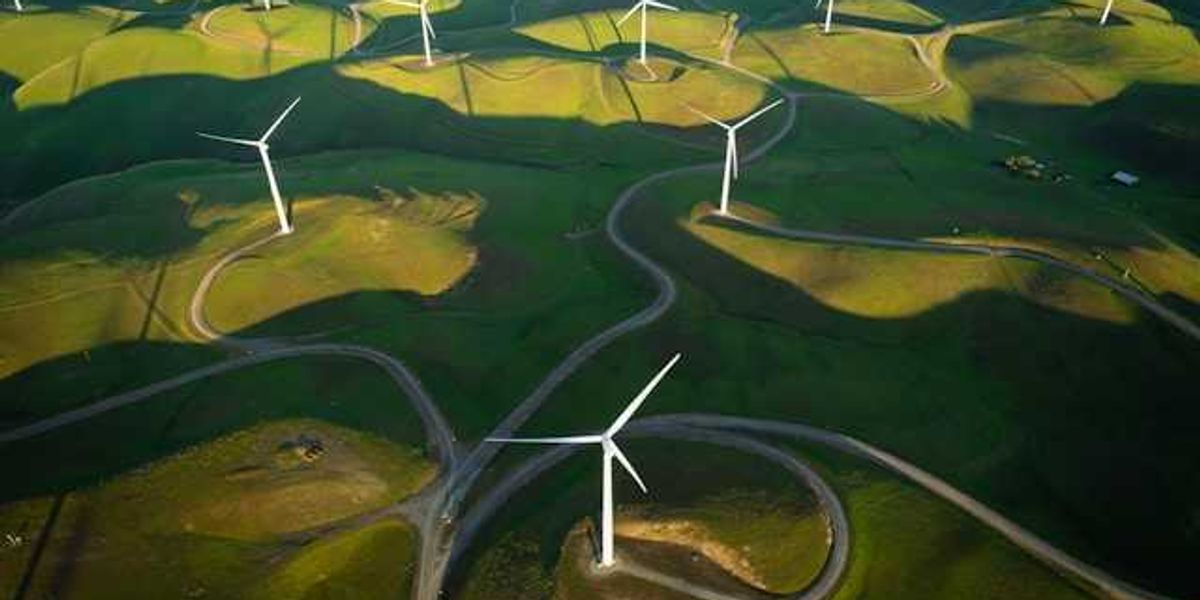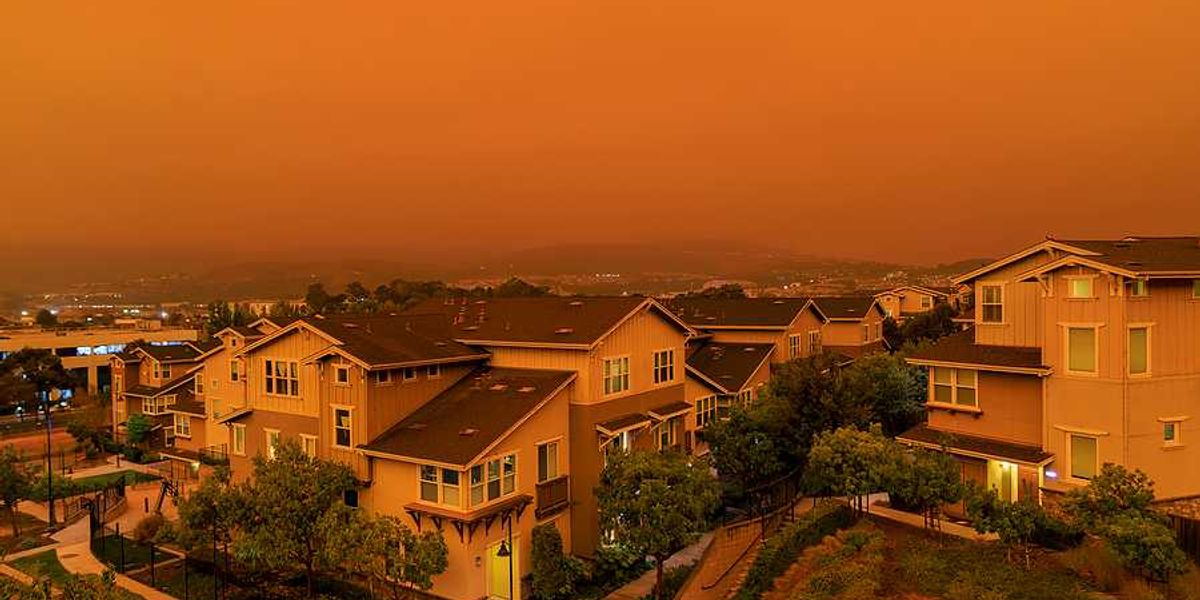Federal agency cuts freeze climate research, stall disaster prep, and disrupt clean energy projects
The Trump administration’s workforce reductions and budget restrictions are hobbling key federal agencies, stalling climate research, disaster preparedness, and clean energy development.
Zack Colman reports for POLITICO.
In short:
- More than 7,000 federal workers have left or been forced out of agencies like the U.S. Environmental Protection Agency (EPA), the National Oceanic and Atmospheric Administration (NOAA), the Federal Emergency Management Agency, the Department of Energy, and the Department of Interior, resulting in halted research, missed emissions reporting deadlines, and disruptions to disaster response planning.
- Spending and travel freezes have left agency staff unable to attend scientific meetings, run peer reviews, or approve clean energy projects funded under the Bipartisan Infrastructure Law and Inflation Reduction Act.
- Delays in grant approvals and halted projects are threatening small businesses and weakening the administration’s own deregulatory push by depriving agencies of the scientific basis for regulatory changes.
Key quote:
“Without science, the agency can’t function. And that’s what we’re seeing right now.”
— EPA official
Why this matters:
Federal science agencies like the EPA and NOAA play a central role in protecting public health and preparing for climate disasters. When staffing is gutted and research halted, the ability to monitor pollution, forecast extreme weather, and enforce environmental regulations collapses. The public loses access to accurate data on air and water quality, and communities face greater risks from floods, fires, and industrial contamination. Meanwhile, delays in clean energy projects undercut efforts to modernize the grid and reduce greenhouse gas emissions. These disruptions extend far beyond Washington: Small businesses relying on government funding are forced to pause or cancel work, and critical public services — from hurricane response to pollution tracking — go dark. Shrinking the government may save dollars on paper, but the real cost is paid by those left unprotected in the face of environmental threats.
Related: EPA sheds hundreds of staffers as Trump administration pushes agency cuts













